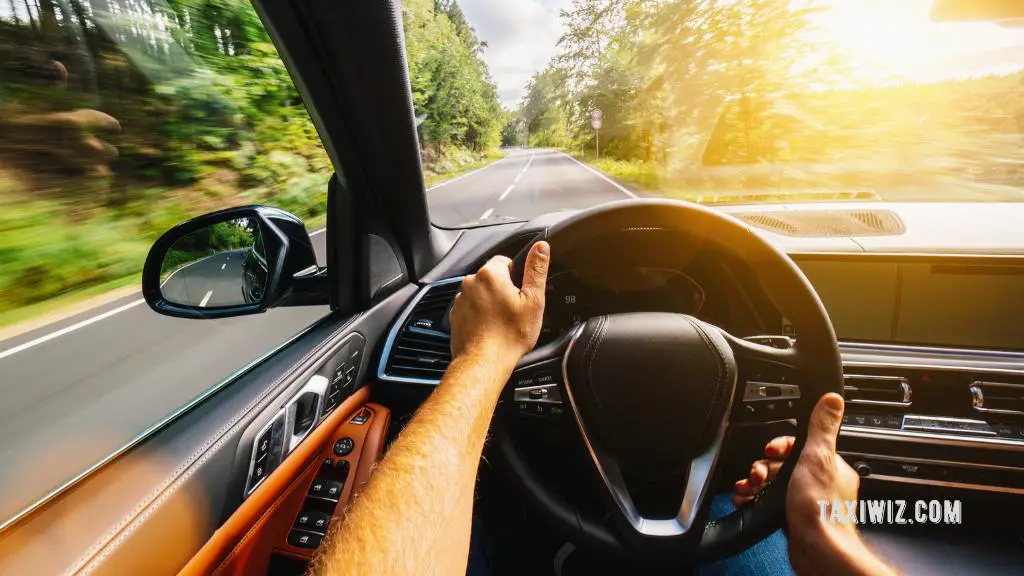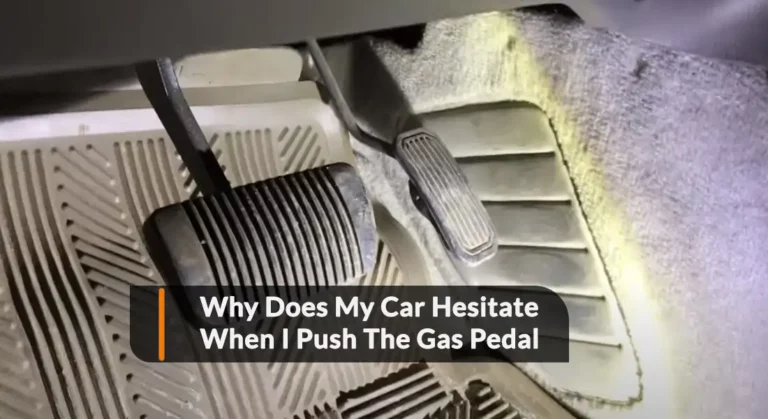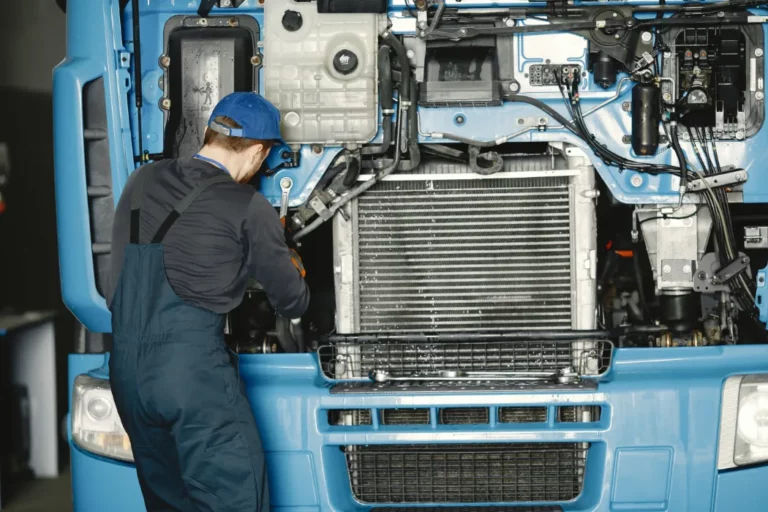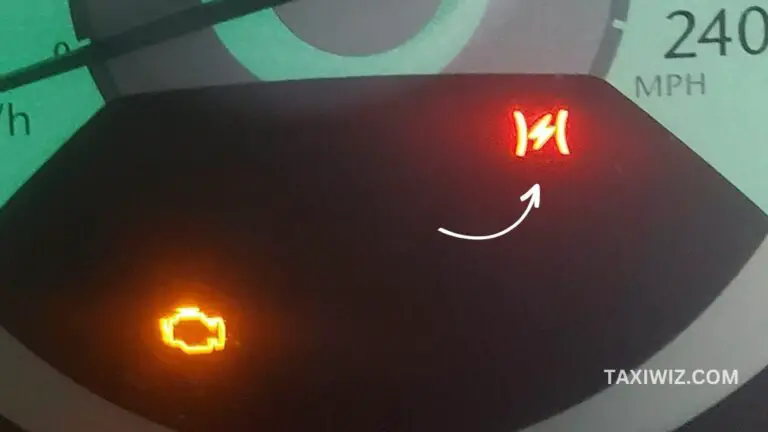Steering Wheel Crooked But Drives Straight – 3 Easy Fixes
A smoothly functioning steering wheel is of utmost importance. It not only ensures the vehicle’s operational performance but reduces the possibility of encountering risks while driving.
So, it can be quite distressing when the steering wheel becomes crooked, yet continues to drive straight. Needless to say, this is dangerous.
What should you do when steering wheel crooked but drives straight? To answer that, first, it’s important to identify the cause of the problem.
Usually, it’s because of misalignment in the wheels of the vehicle. Before looking into all of the reasons why your vehicle may be misaligned, causing your steering wheel to be off-center, let’s start by identifying the signs of a crooked steering wheel.

4 Common Signs Your Car Alignment Is Off
Not sure why your car is going right or left even when you’re driving straight ahead? You might be facing one or more of the following situations:
Vehicle Veering in One Direction
Do you feel like you have to exert extra effort to keep your car moving forward when you’re driving straight? Then there’s no question about the fact that your car is misaligned.
If you want to check further, take your hands off the wheel for a few seconds. If, after doing this, your car begins to go right or left of its own accord, it’s a sure sign that your wheel needs to be realigned.
The Steering Wheel Doesn’t Return Automatically To Center
When a steering wheel is in perfect working order, it automatically returns to the center after being turned. However, if you feel that you need to put extra pressure in order to make this happen, this can indicate misalignment.
Uneven Wear And Tear In The Tires
If your steering wheel is crooked, then this can cause your tire to become worn out in an uneven pattern. So, if you suspect misalignment of your vehicle, it would be a good idea to get your tires checked out.
Vibrations In The Steering Wheel
Another sign of car misalignment is vibration in the steering wheel. This can also be caused by the car’s wheels being unbalanced.
How to Check Your Car’s Alignment
If you want to check your vehicle’s alignment, there’s an easy test you can do yourself.
Start by taking your car to a flat, even road, or any place where there is a level driving surface and no possibility of colliding with anything.
Now, drive your car in a straight direction, while taking your hands off the steering wheel. If you see that your steering wheel starts to pull to the left or to the right, that’s a sign your car’s wheel alignment is poor and must be adjusted.
Why Proper Wheel Alignment is Important?
Proper wheel alignment has a significant impact on various aspects of a vehicle’s performance and safety.
Correct wheel alignment ensures that the vehicle tracks straight and true, minimizing the risk of accidents and of course, providing a smoother driving experience.
Furthermore, correct wheel alignment helps even weight distribution of the vehicle across the tires, reducing tire wear and extending their lifespan.
Not to mention, fuel efficiency is also affected by misaligned wheels. A proper wheel alignment reduces rolling resistance, which means the tires encounter less friction with the road.
This means less effort will be required to propel the car forward, which in turn leads to improved fuel efficiency.
Plus, if your wheels are correctly aligned, the car’s handling and stability are optimized, resulting in better control and less swaying or drifting. Once again, this results in greater fuel efficiency.

Possible Causes of Front-End Misalignment
As we have already established, the misalignment of the front end of the vehicle is a significant reason for a crooked steering wheel. The main reasons why this happens, to begin with, are:
- Damage caused by an accident
If your car has been in a collision, then there’s a good chance that the components of its suspension, or its steering, have been severely damaged.
Often, we don’t realize that this might be the cause of the problem. Needless to mention, these parts of the vehicle are much more vulnerable if the car’s front part suffers damage.
Unfortunately, fixing this requires a pretty penny. In some cases, it might not actually be worth it to repair the car, rather than replace it.
- Hitting a pothole or curb
For inexperienced drivers, it is unfortunately quite common to accidentally collide with a pothole or curb.
While a few incidents like this may seem harmless in the short term, they can lead to long-term damage to important components, especially if you don’t treat your car with regular maintenance.
Resolving this issue requires repairing or replacing the parts and realigning the wheels, so you’ll have to seek out professional help. To prevent the need to do this, it’s important to run regular health checks on your vehicle.
- Modifications in the vehicle’s height
If in the past you have had to use a leveling kit or install a lift in your car, it may have modified the car’s height. This, in turn, can lead to the steering wheel falling out of harmony with the car’s suspension, and result in vehicle misalignment.
How Do You Fix a Misaligned Steering Wheel?
Unless you’re a professional car mechanic, it will unfortunately not be possible for you to fix your misaligned steering wheel on your own. As such, you’ll have to enlist an expert’s help.
Remember, a good mechanic will know to first check the parts and components related to the front-end suspension and steering.
Attempting to align the wheels before checking these parts might damage those parts. This, in turn, will cost you more.
So, make sure that your mechanic first identifies the possible cause of misalignment, repairs or replaces any damaged or faulty parts, then begins the re-alignment process.
When Do I Need to Get My Car’s Alignment Looked At?
You should consider getting professional consultation for your car’s alignment in the following cases:
- The steering wheeling going off-center
- Following an accident, minor or major
- Tires becoming worn out quickly
- The steering wheel feels difficult to turn
- Suspension components have recently been replaced
- All four tires have recently been replaced
- You have hit a curb or a pothole
It is recommended to have your car’s wheel alignment checked every 12,000 to 15,000 miles. Check with your vehicle manufacturer to confirm.
Frequently Asked Questions (FAQs)
1. How are wheel alignments done?
Car wheel alignment involves a step-by-step process. First, your mechanic’s specialized alignment equipment will measure your vehicle’s wheel angles and deviations.
Next, technicians adjust each wheel’s toe, caster, and camber in order to align the steering. Following this, computer software verifies whether the car’s original specifications for alignment are met. If successful, the steering wheel centralization is checked.
Finally, a test drive must be done. This allows your technician to evaluate the vehicle’s handling and verify that the wheels are properly aligned.
2. Will an alignment fix a crooked steering wheel?
Yes, in fact, it’s probably the only real solution. Do also keep in mind that fixing this problem on one’s own is impossible, so it’s better not to waste your time trying it.
3. Are wheel alignment and wheel balancing the same thing?
No. Wheel alignment and wheel balancing are two different kinds of servicing. In the latter, a minimal amount of weight is added to the wheels in order to balance the weight of all the wheels.
The extra weight usually fixes unstable and wobbly driving. On the other hand, during wheel alignment, no weight is added or subtracted from the wheel.
Final Words
It’s essential to maintain proper wheel alignment for a safe and smooth driving experience.
Remember, proper wheel alignment not only ensures correct steering wheel alignment, but also contributes to the vehicle’s overall safety, tire longevity, and optimal performance.
Make sure to take your car in for regular alignment checks; timely adjustments will help maintain your vehicle’s stability and prevent any further potential problems.



